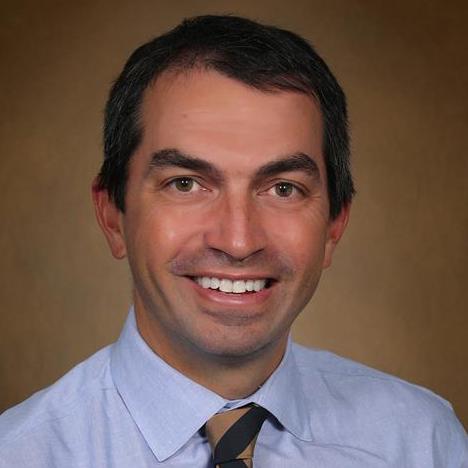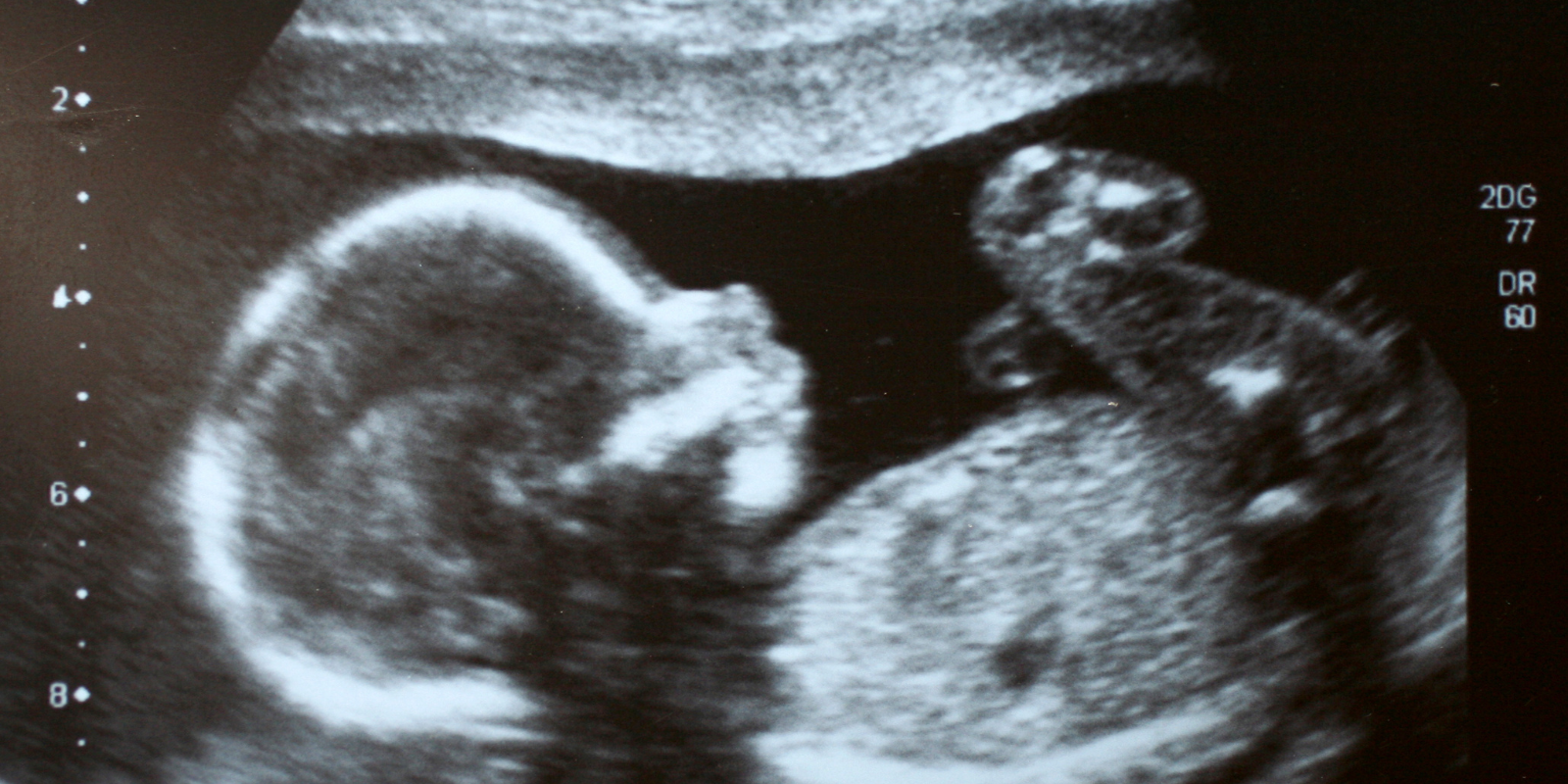Fetal surgeons at the University of Colorado Department of Surgery already are among the busiest in the country when it comes to repairing myelomeningoceles (MMC), defects in a developing spine while the baby is still in the womb. MMC is a type of spina bifida that, if not treated, can lead to physical and intellectual disabilities.
“Studies have compared prenatal and postnatal surgery for babies with neural tube defects and have found that if you operate before the baby is born, they’re more likely to ambulate independently and they’re less likely to need a ventriculoperitoneal shunt for hydrocephalus, or the buildup of fluid in the brain” says Chris Derderian, MD, assistant professor of pediatric surgery.
Moving from open to laparoscopic
The defects are traditionally repaired in an open surgery in which an incision is made to expose the uterus and a second incision is made on the uterus to perform the procedure. Offered for more than 20 years, the open MMC repair has reduced shunt rates by 50%, although the procedure increases the risk of preterm delivery and results in the mother having to give birth via Caesarian section. In addition, all future pregnancies require Caesarian section given the risk of uterine rupture after open fetal surgery.
“That may not be a deterrent for someone who's had multiple children without plans for future pregnancies,” Derderian says, “but for a young woman with plans for future pregnancies, to commit her to Caesarian deliveries is a substantial consideration.”
That’s why Derderian and the Colorado Fetal Care Center at Children’s Hospital Colorado recently started performing the MMC repairs fetoscopically. During the procedure, three small working ports — one port for the camera and the other two for surgical instruments — are placed through the uterus to perform the repair laparoscopically. After completing the repair, the surgery team closes the incisions, and the baby continues to heal and develop in the womb.
The outcomes and recovery for both procedures are similar, Derderian says, but the fetoscopic procedure has the added benefit of allowing the mother to give birth vaginally.
Derderian trained for two years to be able to perform the procedure; he has done three so far, with five more on the schedule. Many women are traveling to Colorado from out of state for the advanced MMC repair.
“We ask them to stay locally at the Ronald McDonald House for at least two weeks,” Derderian says. “If everything looks good at two weeks, meaning they don’t have oligohydramnios, the cervix remains long, the incision is healing well, and the repeat fetal MRI looks reassuring, then we allow them to go back home, with the caveat that they should deliver at a center with a pediatric neurosurgeon.”
Preventing shunts and ambulation issues
Usually diagnosed in an ultrasound around the 20th week of pregnancy, MMC happens when the spine doesn’t completely wrap around the spinal cord and leaves an opening in the spine that can lead to serious complications, including paralysis. Many babies born with MMC need shunts to drain fluid from the brain.
“The problem with that is that by the time they're in high school, a lot of these children have had two or three shunt infections,” Derderian says. “Each of those infections can put them in the hospital for weeks at a time. They can develop an infection of the brain called meningitis, which can result in cognitive impairments down the road. Babies with MMC can also have ambulation issues. Most pregnant women are willing to take on the risk of surgery and the risk of premature delivery to decrease the risk of the shunt and increase the likelihood that their baby will walk.”
Finding the right solution
Derderian is excited to be able to offer the fetascopic MMC repair, though he notes that part of the process for the women receiving the procedure is counseling them on which repair option is right for their situation.
“We don’t want to offer families a fetoscopic repair if we don’t think we’re going to give them the same outcome as an open repair,” he says. “Some of the MMCs we see are quite large defects that may need a patch closure, which arguably is easier to do via open fetal surgery. It’s much easier to close a small defect than a big one. In those cases, we favor open repairs.”





